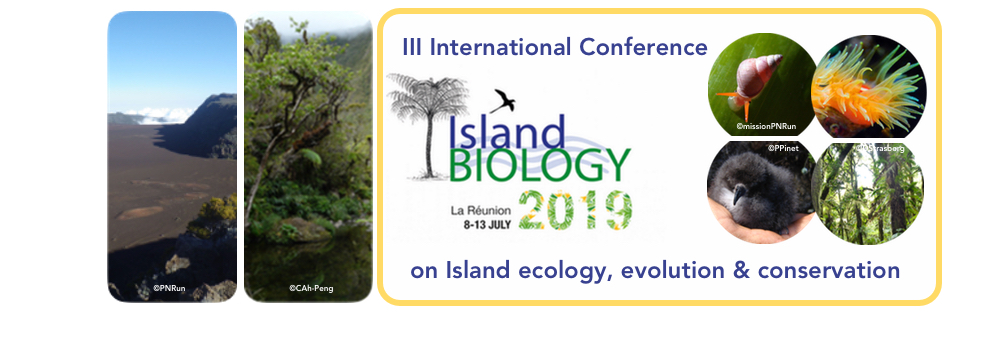Program > Symposia
Below is the list of programmed symposia for the conference and their organizers (principal and co-organizers) in title alphabetic order. You can read abstracts by hovering titles.
A tale of two islands: Reunion and Kaua`i, similar conservation challenges and solutions
The threats to endemic island organisms bear striking similarities around the World. Evolving in isolation, island organisms are highly adapted to the islands in which they live, meaning that they are particularly vulnerable to the changes brought about by human colonisation. In this symposium, we bring together researchers from two islands; Reunion and the island of Kauaʿi in the Hawaiian Islands. Although vastly separated geographically and situated in entirely different oceans, the conservation threats that face their birds, animals and plants bear strong similarities. Both islands have several endangered seabird species, which face a raft of threats including powerline collisions, light attraction, introduced predators and loss of breeding habitat. Introduced predators also impact endangered forest birds, along with disease and the loss of native breeding habitat due to introduced plants. Native plants face the threat of urban development, forest clearing and disease meaning that their populations become every smaller and more isolated. Due to the relatively small size of the islands, human related pressures are amplified and the threat of extinction much higher. Speakers in this symposium will be paired alongside their study taxa, with presentations focussed on discussing similarities (and potentially differences) in the threats facing their species, how they monitor those threats and the solutions that they have developed to counter the impacts.
- André Raine (Kauai Endangered Seabird Recovery Project, Hawaï, USA)
- Patrick Pinet (LIFE+ Pétrels Project, Parc national de La Réunion, France)
|
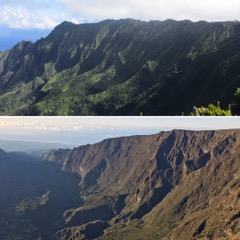 |
Dispersal ecology meets island evolution
Dispersal is a key evolutionary force that determines the survival, growth and reproduction of individuals, the temporal and spatial cycles of colonization and extinction of populations, and, ultimately, the emergence of new species via genetic drift or natural selection. In the context of accelerated global change, dispersal dynamics are particularly important as the long-term survivability of species depends on their ability to shift effectively their distributions. Due to their unique features, islands have long appeared as ideal models for the study of dispersal ecology and evolutionary biology. Recent conceptual, logistic and methodological advances have upraised the critical role of dispersal on islands and led to substantial advances on our understanding of key questions, such as how do dispersal syndromes help reconstructing the assembly of oceanic island communities, how can dispersal rates within islands, among islands and between islands and continents be modelled, and how do they compare to rates of niche shift, informing on the main speciation drivers. The present symposium brings together a group of researchers with an interest on island biotas to highlight how new developments in dispersal ecology, cutting-edge phylogenetic and population genetic approaches along with probabilistic process-based methods can decisively improve our understanding of key evolutionary mechanisms and conservation issues on islands.
- Jairo Patiño (Universidad de La Laguna, Spain)
- Alain Vanderpoorten (University of Liège, Belgium)
|
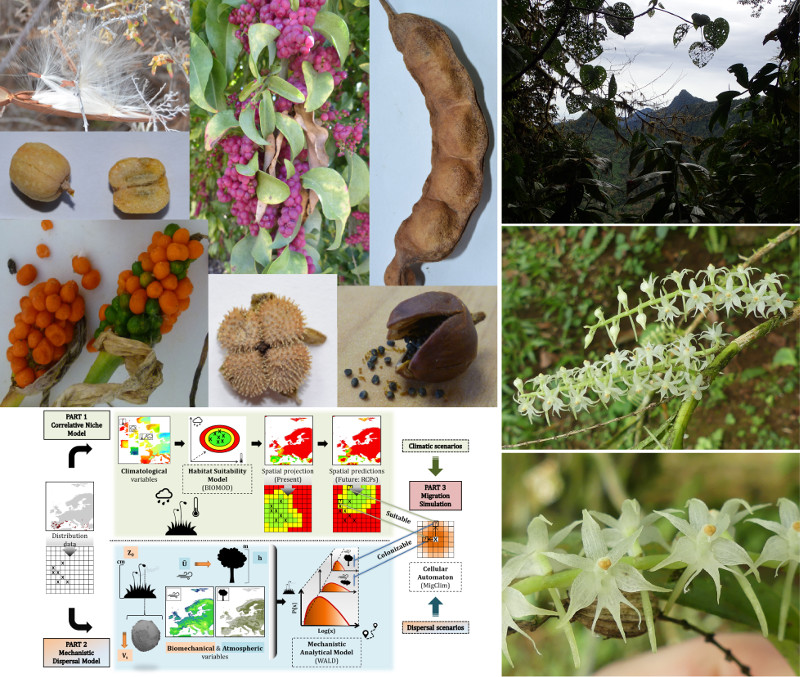 |
Evolutionary trends in island plants: is everything lost on islands?
After colonization, newly founded island populations are confronted with markedly different conditions from the mainland. Since islands across the globe share a number of distinctive attributes, such as more temperate climates, disharmonic biotas and geographical isolation, insular phenotypes may converge evolutionarily, in a phenomenon known as the “island syndrome”. The animal kingdom has provided many remarkable examples of demographic, genetic, reproductive and behavioural attributes indicative of an island syndrome. In stark contrast, plants have been largely neglected since the seminal work by naturalist Sherwin Carlquist in the 1970’s. Phenomena such as the loss of dispersal potential, loss of defense and reductions in genetic diversity are often assumed in studies dealing with insular plants, even though empirical support for making them is often limited.
The aim of this symposium is to bridge this gap in our understanding of the island syndrome. More specifically, we will cover recent research into six key aspects of this phenomenon, namely the loss of defense, loss of size diversity (i.e. the ‘island rule’), loss of pollination syndromes, loss of dispersal potential and insular woodiness, in an effort to answer the question “Is everything lost on islands”. As leaders in the field, symposium participants will collectively identify key topics in need of further theoretical and empirical study. The symposium will also strive to inform island conservation and management strategies, as identifying convergent trends in island evolution (i.e. investment in defenses, levels of genetic diversity) may also help explain the vulnerability of island biotas.
- Carlos García-Verdugo (Departamento de Biología, Universitat de les Illes Balears - Institut Mediterrani d'Estudis Avançats, Spain)
- Kevin C. Burns (School of Biological Sciences, Victoria University of Wellington, New Zealand)
|
 |
Functional island biogeography - concepts and prospects
Traditionally, island biogeography has focused on describing patterns of species richness and endemism using static (ETIB; MacArthur and Wilson 1963) and dynamic models (GDM; Whittaker et al. 2008). While these efforts have developed a robust conceptual framework to test fundamental questions in ecology and evolution (Losos and Ricklets 2009), one of their key limitations is the assumption that species are functionally equivalent. In contrast, many island syndromes have been described in the literature that likely have a functional basis (e.g. derived island woodiness, body size variation, lack of defensive traits, novel dispersal mechanisms) but we currently lack a coherent framework to examine the factors shaping the trait composition of island floras and faunas. By linking trait data with species identities and phylogenetic relationships, we can shift the species-neutral paradigm in island biogeography towards a framework that can examine the ecological and evolutionary mechanisms underpinning species diversity patterns. With a trait-based approach to island floras and faunas, for example, we can address key questions that lie at the interface of ecology, evolution, and biogeography such as: do native and alien species differ in functional traits? Is the trait space of island assemblages a biased or a random subset of mainland assemblages? How do lineages that radiate extensively versus those that do not contribute to the evolution of functional trait space on islands? Functional island biogeography is an emerging field uniquely positioned to develop the next generation of theories and concepts to expand our understanding of how and where biodiversity emerges.
- Holger Kreft (University of Göttingen, Germany)
- Dylan Craven (University of Göttingen, Germany)
- Christian Hof (Technical University of Munich, Germany)
|
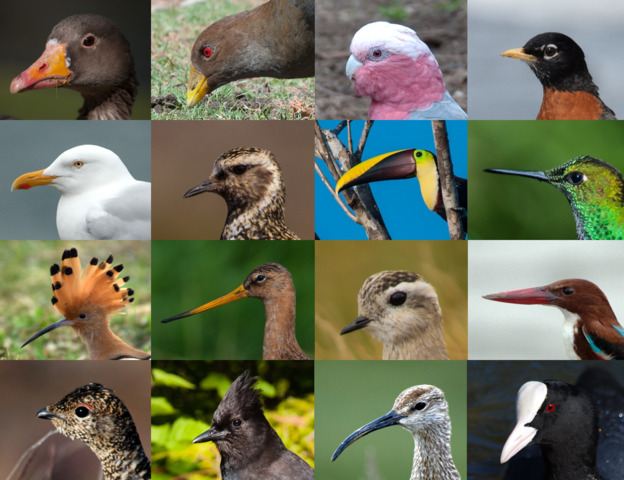 |
Future steps to fight against invasive species on islands
The rate of species movements beyond their natural range increases every day. When these alien species became invasive, they threaten biodiversity, natural resources, food security, economic development, human health, and ecosystem services. Islands worldwide are particularly susceptible to biological invasions. They are particularly vulnerable as their unique ecosystems host native and endemic species that have not evolved to cope with new predators, herbivores, diseases or highly competitive weeds. Moreover, island countries and territoriesoften depend from the importation of goods and transportation of people (especially if they are touristic destinations), which generates high rates of arrival of new alien species. As a result, species extinctions or extirpations have strongly increased due to invasive species. Island ecosystems are key to the welfare and culture of one-tenth of the world’s population and invasive species are undoubtly affecting islands’ economies, societies and cultures. Thus, improving invasive species management on islands will benefits not only island environments but insular societies in general.
Bio-invasion is an international problem, and its effective management on islands requires coordinated action by international and government agencies, NGOs, the private sector and local communities. However, compared to the scale of the problem, there is still a lack of information, planning, infrastructure, tools, etc. to effectively manage species on many islands worldwide. Isolation of islands and their distinct and variable administrative and governance status, resulted in invasive species managersoften being isolated from collegues in other island countries and territories. Under this scenario, the main goal of this symposium is to bring together experts from different islands worldwide to debate future challenges that islands will have face to effectively tackle invasive species. Although invasive species management has been much improved on islands of the world, more achievement is still needed and sharing experiences and enhance cooperation among island countries and territories worldwide could improve global management of invasive species. Several new working directions have appeared during the last decades that are expected to highly contribute to improve island management of invasive species: regulations have been increasing internationally in recent years, citizen science and participation is becoming a very useful tool not only to detect but to effectively control invasive species, etc. Several island regional and global networks have been set upto cooperatively and coordinately tackle invasive species. This symposium will contribute to share all these expertise, which would be useful to develop a joint vision that allows attacking the problems in a global way.
- Marta López-Darias (Island Ecology and Evolution Research Group, Spain)
- Jean-Yves Meyer (Délégation à la Recherche, French Polynesia)
|
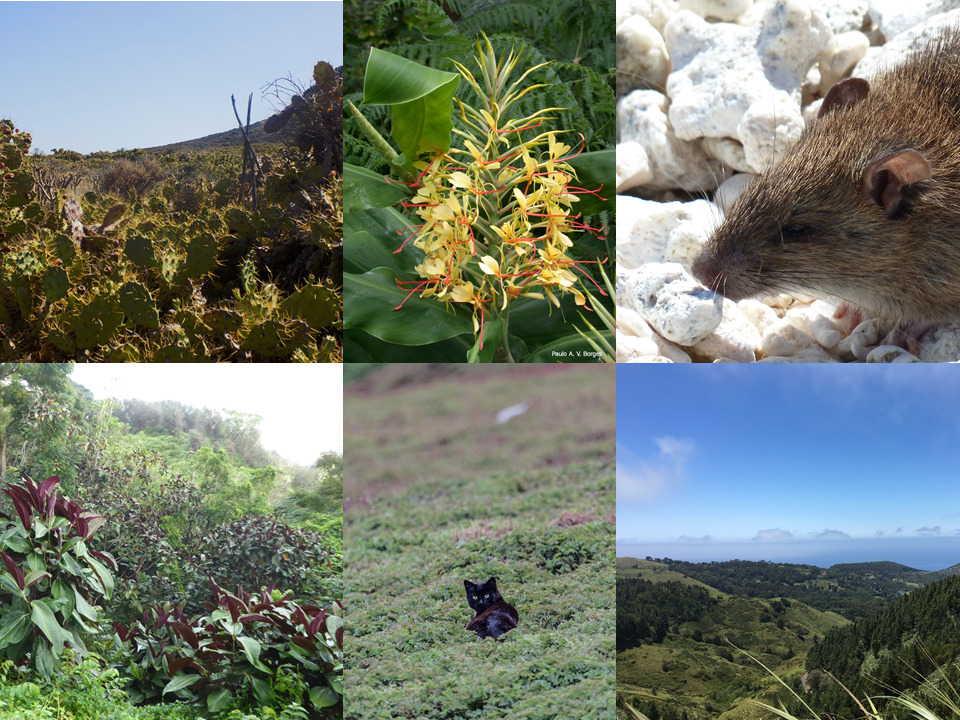 |
Island biogeography, macroecology, evolution and conservation of marine organisms
In contrast to terrestrial species, marine species have received little attention in studies of island theory. However, in recent years, studies concerning the biogeography, macroecology, and evolution of marine organisms living in islands gained momentum. Most results have highlighted different processes ruling marine versus terrestrial biodiversity, mainly due to major differences in species mobility and colonization potential. The goals of this symposium are: 1) to showcase recent advances in this field through complementary presentations from leading scientists from different backgrounds, and 2) discuss further perspectives and ideas for future studies and conservation of island marine organisms. The selected talks will cover: "sea-level sensitive" dynamic models, evolution on seamounts, functional perspectives of endemism, long-term ecological research, conservation, as well as marine lake biogeography. Differences and similarities between marine and terrestrial realms will be discussed.
- Sergio R. Floeter (Universidade Federal de Santa Catarina, Brazil)
- Luiz A. Rocha (California Academy of Sciences, USA)
|
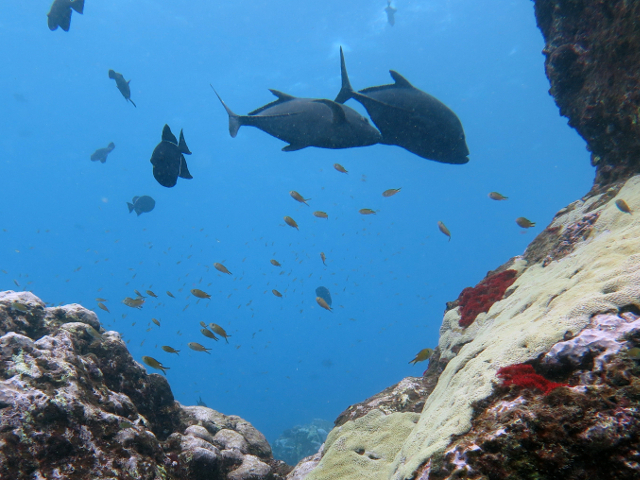 |
Island palaeontology
Palaeo-insular taxa and palaeo-islands offer an invaluable opportunity to investigate insular evolutionary patterns over temporal spans greatly exceeding that seen in the historical record. As a result of this much longer time in isolation, island endemics often evolved into bizarre forms, such as pony-sized elephants and hippos, giant birds and mice, flightless bats and birds, stocky dwarf trees. Most of these taxa are lost today and present-day island biotas are heavily impacted and fundamentally transformed, lacking larger and uniquely adapted forms. Understanding the evolutionary trajectories of island organisms and entire island biotas of palaeo-islands through time and before human arrival is the only way of developing a comprehensive understanding of the effects of insularity. This symposium will showcase the unique contributions that palaeontology can make to understanding and unravelling island evolution, in particular islands' deep time histories and the role of time on the nature and presence of equilibria.
- Alexandra van der Geer (Naturalis Biodiversity Center, Leiden, the Netherlands)
- Julien Louys (Australian Research Centre for Human Evolution, Environmental Futures Research Institute, Griffith University)
|
 |
Island reptiles: the rich diversity of continental and oceanic islands
Reptiles form a major component of island faunas, both on oceanic and continental islands. Dispersal of reptiles to oceanic islands is of great interest to biogeographers as well as herpetologists, as these islands do not have past (and sometimes reoccurring) connections to continents. On continental islands, the faunal assemblage can be complicated by the addition of species through sweepstakes of dispersal during times when these islands are disconnected from continents. As such, they make interesting systems for the study of biogeography, adaptation and evolution. Most reptiles are dispersal-limited in some way, yet continental islands often have a rich reptile assemblage. This suggests the bulk of the endemic reptile fauna originated on continents but has subsequently evolved in isolation. Despite this, some reptile clades are known to have dispersed to continental islands. This suggests that in addition to earliest continental connections, subaerial dispersal plays a role, as do climatic shifts that either reconnect islands with continents or that connect islands to each other. The goal of this symposium is to examine the role of both connectivity and dispersal between continents and islands, as well as the impact of isolation on the phenotype in habitats that can differ substantially from their continental source regions. Biogeographic patterns for reptiles will be discussed during these talks, as well the investigation of phenotypic evolution that leads to speciation on continental islands. The dynamic of continental islands is very different than that of oceanic islands, thus continental islands do not follow the typical Island Biogeography paradigms. The wealth of continental island systems across the globe makes this a wide-open area for research. Because most of these islands have a reasonably rich assemblage of reptiles, the study of reptiles and recent discoveries in these systems is the focus of this symposium.
- Krystal Tolley (South African National Biodiversity Institute)
|
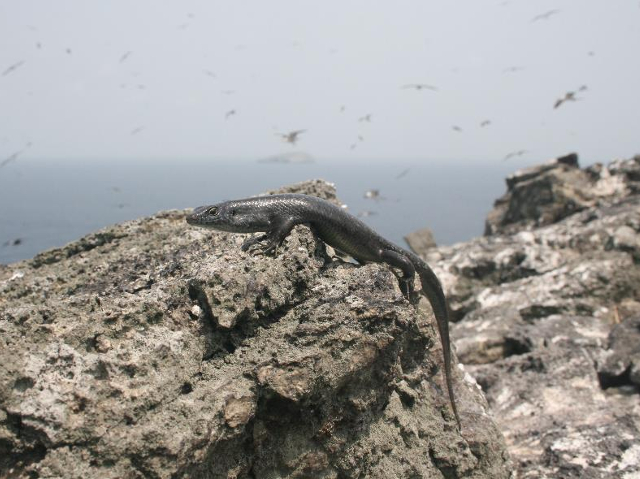 |
Island rewilding with giant tortoises: state of the art and future directions
The Western Indian Ocean is a global hotspot for rewilding projects, where recently extinct species are being replaced by extant, functionally analogue species. Most prominent among these is an extensive and expanding use of extant large and giant tortoises, chiefly the Aldabra giant tortoise and the radiated tortoise. Despite the increasing and regionally widespread application of this ecosystem restoration action, there has been little inter-project exchange or even awareness of each other’s aims, scopes, and methods. Moreover, timely and efficient implementations of many proposed projects, as well as the optimal management of ongoing projects, suffer from a lack of empirical data on basic tortoise biology and relevant ecosystem functions. This symposium aims to highlight the diversity of current state-of-the-art tortoise rewilding research and management, and foster new collaborations to address current research and management gaps. It will bring together normally disparate researchers and practitioners involved in island rewilding with giant tortoises, with a focus on islands and rewilding projects in the Western Indian Ocean, but also including contributions from other regions worldwide. As a specific post-conference outcome of this symposium, the Indian Ocean Tortoise Alliance (IOTA), a newly launched Seychelles-based regional NGO, will host an information-sharing online platform – ideally leading to a much more collaborative ‘open-source’ approach to implementing and managing tortoise rewilding projects.
- Dennis Hansen (Indian Ocean Tortoise Alliance)
- Christine Griffiths (Ebony Forest Ltd, Mauritius)
- Jim Juvik (Indian Ocean Tortoise Alliance)
|
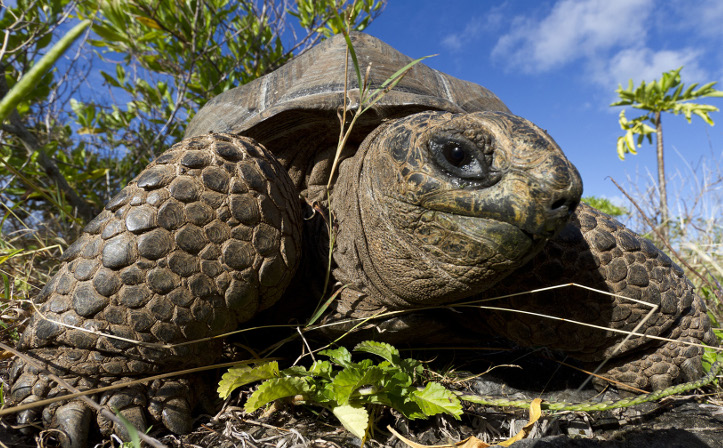 |
New insights into the assembly of island biota, filtering effects and disharmony
Islands have played a major role in advancing the development of ecological theory surrounding community assembly, meta-population dynamics, and priority effects, among others. One renowned feature of island assemblages is that they form subsets of the dispersive portion of mainland regions, being disproportionately rich or poor in certain taxonomic groups. This over- or under-representation of taxa, termed ‘disharmony’ (sensu Carlquist, 1966), represents a central concept of island biology as it embodies not only dispersal filtering, but also the interplay between dispersal, environmental and biotic processes. However, to what degree these processes influence patterns of species diversity, endemism, and assemblage structure on islands is still poorly understood. Specifically, whether environmental or biotic filtering effects are more important than dispersal filtering in structuring island assemblages, and whether these factors interact with biogeographical variables (island area, isolation, age) is a timely and important topic in island biology.
On the one hand, environmental filtering may affect taxa dispersing to islands that differ significantly in climate from their mainland origin, or taxa that are unable to adjust to changing environmental conditions (e.g. low plasticity). For instance, islands with Mediterranean climate regimes may be disproportionately populated with taxa pre-adapted to summer drought (e.g. Canary Islands). Furthermore, taxa that are heavily reliant on biotic interactions, such as animals that need a member of the opposite sex or plants that require a specific pollinator or seed disperser to reproduce, should be less successful in island colonisation because populations require the colonisation of all interacting species to remain viable.
- Amanda Taylor (University of Göttingen, Germany)
- Patrick Weigelt (University of Göttingen, Germany)
|
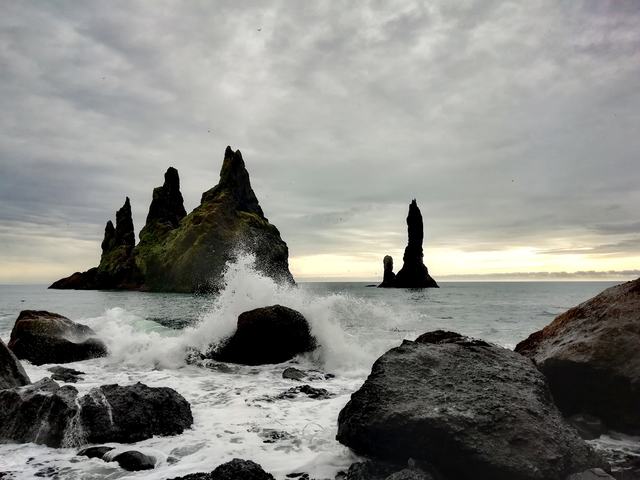 |
Plant-animal interactions as drivers of biodiversity conservation on islands
One of the central topics in community ecology worldwide concerns biodiversity persistence. During the reproductive cycle, plant species experience different plant-animal interactions (e.g. pollination or seed dispersal and predation) that function as biotic filters. These interactions determine the success of species within communities and are key for maintaining plant biodiversity. In the case of islands, several phenomena like disharmonic biota, density compensation and ecological release make such interactions quite peculiar –in both structure and functioning– when compared to continents. Hence, islands are considered as natural laboratories for the study of ecological and evolutionary processes in plant-animal interactions and their consequences for biodiversity maintenance. To date, most available studies focus on a single interaction type. For instance, pollination or seed-dispersal effectiveness, the consequences of pollinator/disperser extinction for plants’ demography, or how mutualistic systems are disrupted by alien species. However, an integrative understanding of the regeneration and biodiversity maintenance of plant communities is needed. It is just recently that the scientific community has tried to integrate different types of interactions such as animal-mediated pollination and dispersal (i.e. double mutualisms) when achieving long-term persistence of communities’ assembly. This symposium is intended to be a meeting point for scientists working on plant-animal interactions –both mutualistic and antagonistic– on islands to share novel views and perspectives and set new starting points to think about integrative approaches for a better understanding of the role of insular plant-animal interactions on biodiversity maintenance.
- Aarón González Castro (Island Ecology and Evolution Research Group, Spanish National Research Council, Spain)
- Sandra Hervías Parejo (Global Change Research group, Mediterranean Institute for Advanced Studies, IMEDEA, Spain)
|
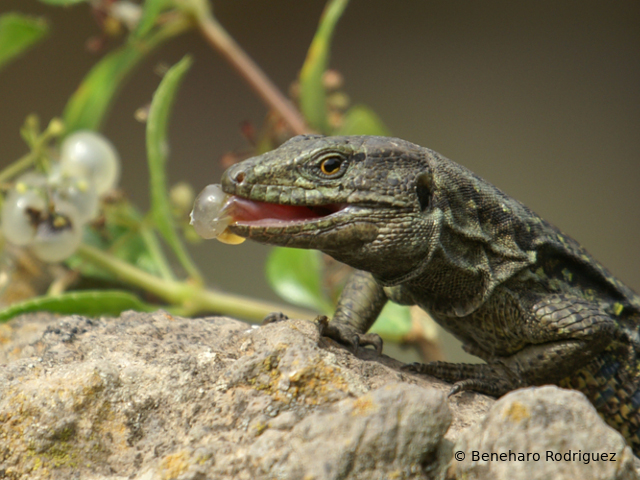 |
Plant conservation on oceanic islands: scientific needs and examples of good practice to solve imminent challenges
Due to many natural factors (e.g., small population sizes, fragmentation, isolation, ecological gradients, space limitations) the floristic diversity of oceanic islands is, to a high degree, susceptible to a diversity of threats. Impacts of such threats have increased during the last decades because of the relentless addition of variables related to the impacts of global changes on the intrinsic survival capabilities of species and ecosystems (namely invasive species, pests, habitat destruction, climate change, poor education and ad-hoc management decisions). Overall, these diverse factors represent glaring (and relatively new) environmental, socio-political and scientific challenges that add up significantly to the natural threats, and also threaten our scientific capacity to study their origins and evolution.
In many cases, there is still a lack of understanding of the biotic and abiotic characteristics of island species and their needs for establishment and survival. Such knowledge is indispensable for successful managment activities. Furthermore, solid scientific knowledge available for proper management of endemic oceanic floras, at least in some parts of the world, is often counteracted by a political reluctance to take proper action, or by communication gaps between the scientific community and government stakeholders. On top of all that, oceanic island plant floras have been (and in some archipelagoes still are) at a loss for realistic criteria to properly assess threat status, a long-standing scientific vindication that necessitates urgent action.
In the framework provided by various IUCN specialist groups, and with the aim to provide a comprehensive suite of scientific, social and political actions urgently needed to improve plant conservation on oceanic islands, the symposium will (i) illustrate scientific and socio-cultural problems and challenges faced by the conservation of oceanic floras, and, (ii) pick out significant paradigmatic examples of plant conservation theory and practice relevant for oceanic islands.
- Juli Caujapé-Castells (Jardín Botánico “Viera y Clavijo”-Unidad Asociada al CSIC, Cabildo de Gran Canaria, Spain)
- Michael Kiehn (Core Facility Botanical Garden, University of Vienna (Austria)
- Monica Moura (CIBIO-Azores/INBIO Associated Laboratory, University of Azores at Ponta Delgada, Portugal)
|
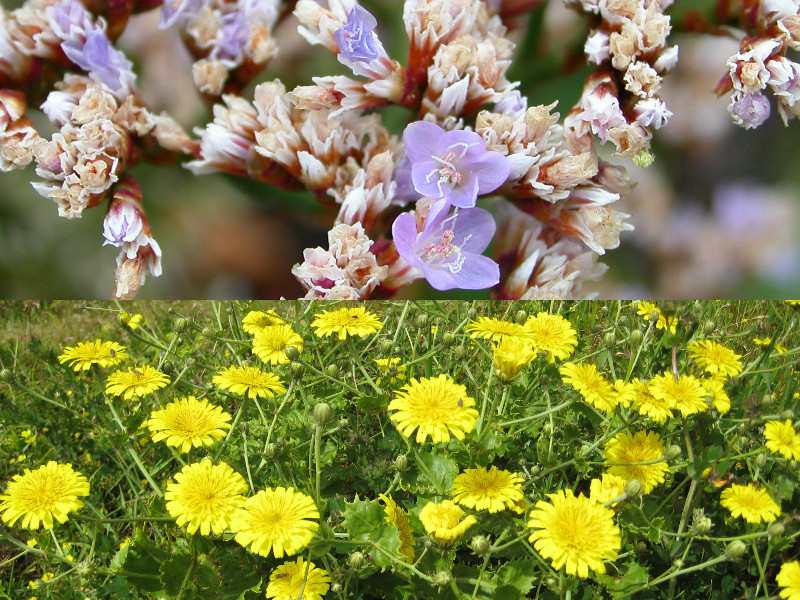 |
Seabirds on islands
Seabirds are major ecosystem engineers on islands and surrounding waters. By increasing nutrient inputs originating from the sea, they impact soil properties, vegetation diversity and structure, associated fauna and adjacent marine habitats. Invasive predators like cats and rats have devastating effects on seabird communities and have lead to numerous seabird population collapses worldwide. These collapses have in turn strongly altered the functioning of numerous island ecosystems. During the last 30 years an increasing number of restoration projects have been conducted on islands, to eradicate rats and cats and other invasive mammals. These eradications have lead to massive seabird recoveries with cascading effects on soil, vegetation... The goal of this session will be to present recent research projects investigating seabird ecology and population dynamics on island ecosystems, the impacts of invasive mammals on seabirds and their habitats, the dynamics of recovery of seabird populations and communities after invasive mammals have been eradicated and the cascading effects of these recoveries on the various compartments of island ecosystems. Restoration programs such as predator eradications on islands are generally undertaken on small islands, on which ecosystems are more simple than those of large islands (in terms of habitat diversity, species, richness, etc). These operations can be regarded as "natural experiments" and both population changes and ecosystem dynamics which occur after such operations are extremely useful to better understand population dynamics and island ecology. Participants will also discuss the consequences of these findings for island management and restoration.
- Matthieu Le Corre (Université de La Réunion, UMR ENTROPIE, France)
|
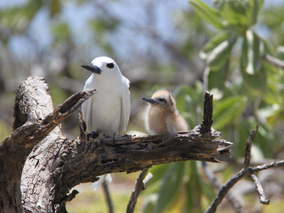 |
Synthesizing island biodiversity theory for community-wide genetic data
Rapid developments in high-throughput DNA sequencing technologies are currently transforming island biodiversity research. The community-wide genetic datasets that are being accumulated offer unprecedented opportunities to integrate insights from ecological and evolutionary theory for a better understanding of island biodiversity dynamics. However, such a synthesis is currently hindered by insufficient coordination among empirical biologists and theoreticians. This symposium will bring together key researchers in the area of biodiversity modelling and theory and empirical island biologists who are currently collecting community-wide genetic data, with the aim to (i) review the main models and analytical tools available for studying island biodiversity dynamics from community-wide genetic data, (ii) identify the models and analytical tools that are missing for developing a unified theory of island biodiversity dynamics informed by community-wide genetic data, and (iii) devise a strategy for developing these models and analytical tools in future.
- Hélène Morlon (CNRS, IBENS, France)
- Brent Emerson (CSIC, IPNA, Spain)
|
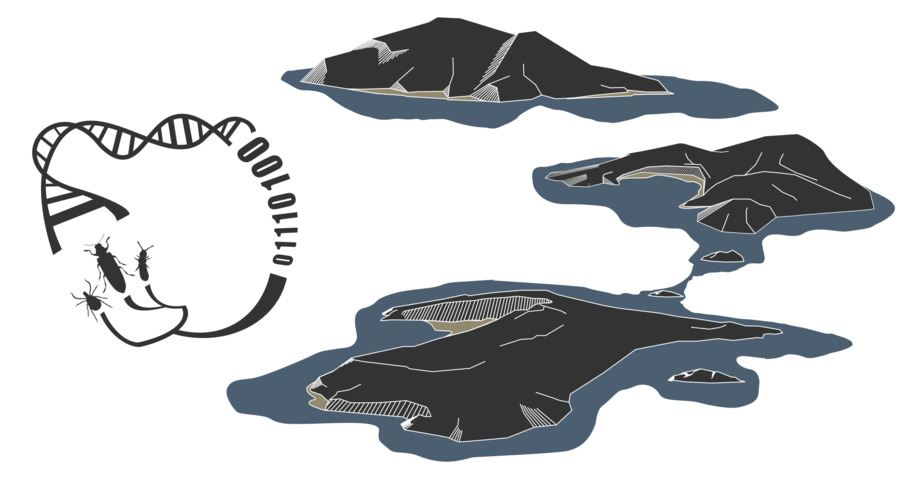 |
Trait dependent diversification on islands
Ever since the work of Darwin, marine islands have been considered as ideal systems to unravel evolutionary processes that have shaped present’s day life. Many island species evolved through speciation in-situ and are found nowhere else in the world, highlighting the importance of islands as natural laboratories of evolution. And at the other side of the diversification spectrum, a large majority of species that have become extinct or endangered after human global expansion are native to islands. Identifying the factors that promote diversification is one of the unresolved key questions in biodiversity research, as highlighted by a number of recent review papers on island biology. We still do not understand why some island lineages radiate remarkably, while others remain species-poor or do not radiate at all. In this symposium, we have assembled a mix of young, promising speakers and senior scientists with a broad field of expertise in traits of specific plant (angiosperms, Asteraceae, palms) and animal (beetles) lineages across different archipelagos, as well as expertise about theoretical modelling of diversification. Topics that will be covered in this symposium are (1) a review of available models to investigate diversification and new ideas to overcome the time-intensive phylogenetic sampling efforts required in existing trait-dependent diversification methods (30 min key note), (2) insular woodiness overview in angiosperms and its influence on diversification, (3) the role of frugivore-related plant traits on island radiations, (4) the role of ecological traits (and specifically of habitat association) in shaping patterns of beetle lineage diversification across the Aegean archipelago, and (5) how several traits acquired by species on islands (island rule) make them more vulnerable to extinction by human impacts.
- Frederic Lens (Naturalis Biodiversity Center, P.O.Box 9517, 2300RA Leiden, The Netherlands)
- José María Fernández-Palacios (Island Ecology and Biogeography Research Group, La Laguna University, Spain)
|
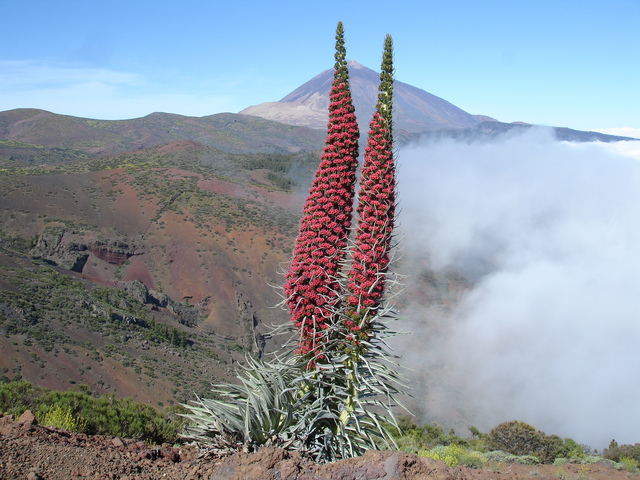 |
|
